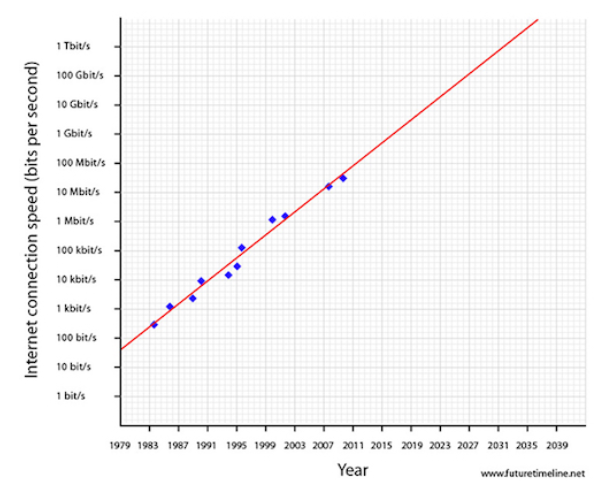No matter where one looks--private 5G networking; internet of things or edge computing--it seems observers believe system integrators, hyperscale cloud computing suppliers, solution specialists and infrastructure providers are positioned to reap about 90 percent of revenue in those businesses.
Mobile platforms, for example, are being leveraged for private networking. Non-carrier 5G and networking offerings are gaining momentum, says Dan Bieler, Forrester principal analyst. By about 2025, perhaps 90 percent of private 5G revenue will be earned by hyperscalers, system integrators and solution providers, not telcos, predicts TBR.
“All major hyperscalers showcased (at Mobile World Congress) how they are getting more heavily involved in the networking arena,” says Bieler.
Google is working on network slicing on Android 12 for providing access to Google Cloud.
Microsoft’s Azure for operators is a 5G overlay on Azure cloud WAN where Microsoft’s internet backbone carries the customers’ traffic.
Amazon Web Services is offering private 5G solutions and cloud WAN and edge application offerings.
“A new threat for telcos is on the horizon,” says Bieler. Importantly, “the lines are blurring between cloud computing and networking.”
No matter the stumbles telcos routinely have had in attempting to diversify their business models, or wring more value out of their positions in value chains, such movement remains necessary, if exceedingly difficult.
Estimates for the total 5G opportunity range from $4 trillion to $6 trillion by 2030, says Dan Bieler, Forrester principal analyst. But the connectivity part accounts for only five percent to 10 percent of this opportunity.
You can see the pattern in forecasts of internet of things revenue in Africa and the Middle East.
Or look at “smart city” IoT revenue by platform.
In one sense, that should come as no surprise. Connectivity typically represents about 10 percent of market opportunity for any network-based product. The rest is devices, operating systems, platforms, enablement and applications.
To gain more than about 10 percent of the revenue upside, connectivity providers have to move outside that role. That never has proven easy, or successful.



